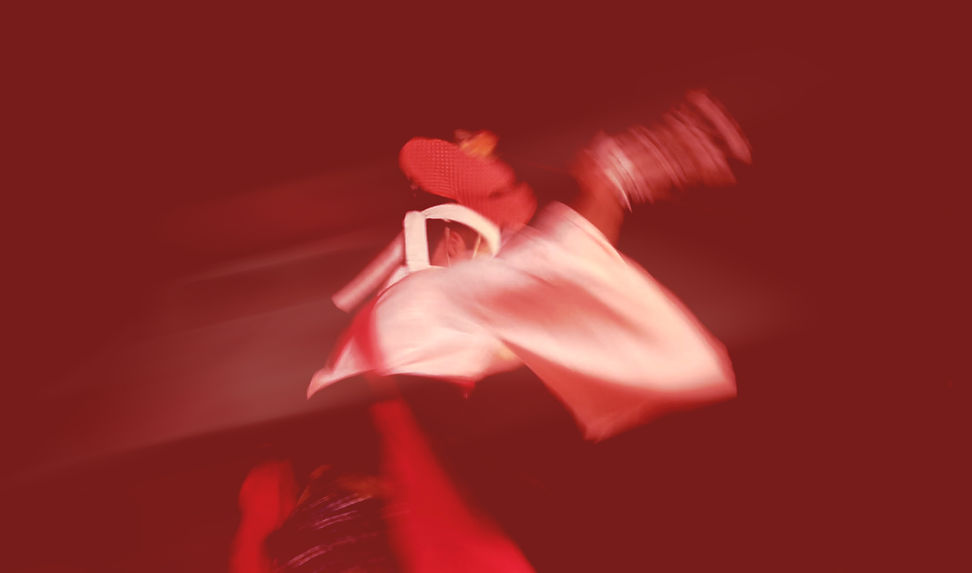
五十集余情
伝承文化×東屋
数多の困難を乗り越え、この地の歴史を紡いできた伝承文化と建物、かつての五十集の情景が、再び宮古の街に蘇ります。
三陸沿岸では古くから、海を通じた地域外との交易の生業は「五十集(いさば)」と呼ばれ、またそれらに関わる人々は「五十集屋(いさばや)」と呼ばれました。
シネマ・デ・アエルと舞台である商家・東屋は、海産物の輸送など「五十集屋」と造り酒屋の歴史を持ち、「南部領内随一の繁華地」と呼ばれた宮古の繁栄を支え、交易がもたらす外来文化の窓口でもありました。
商家・東屋のある本町界隈は、1611年の慶長三陸地震の津波で街が破壊されたあと、宮古の復興の起点となった歴史を持っています。多くの災害に見舞われてきた沿岸部にありながら、本町界隈には今なお貴重な古い建物が残っています。町の歴史、受け継いできた文化をたずね、新しきを知る。東日本大震災で大きく傷ついたこの地を、歴史と文化が息づく「懐かしく新しい集いの場所へ」
シネマ・デ・アエルでは、そんな港町・宮古のかつての賑わいと風情、伝承文化を体感できるプログラムを「五十集余情」と称し、さまざまなアプローチで展開しています。
伝承芸能の上演に、伝統食の体験と継承、集の場となるプログラムづくり。
かつての五十集の情景を、宮古の街に蘇らせたいと願い、活動しています。
Isaba Yojyo
Traditional Culture × Azumaya
The traditional culture and architecture that have woven the history of this land through countless hardships—together with the bygone scenes of Isaba—are being revived in the city of Miyako.
Along the Sanriku coast, maritime trade with regions beyond the sea has long been known as Isaba, and those engaged in it were called Isabaya. Cinema de Aeru and its stage, the merchant house Azumaya, both bear the history of Isabaya who transported marine products and of a sake brewery. They supported the prosperity of Miyako—once called “the busiest town in the Nanbu domain”—and served as a gateway for outside cultures brought by trade.
The Honcho district, where the merchant house Azumaya stands, became the starting point for Miyako’s recovery after the 1611 Keicho Sanriku Earthquake and tsunami devastated the town. Despite repeated natural disasters along the coast, Honcho still preserves valuable historic buildings. Here one can encounter the town’s history and inherited culture, while also discovering the new. Today, in this land deeply scarred by the Great East Japan Earthquake, we seek to nurture a “nostalgic yet new gathering place” where history and culture live on.
At Cinema de Aeru, we call this program Isaba Yojyo, through which visitors can experience the bustle, atmosphere, and traditions of Miyako’s port town. Through performances of traditional folk arts, the practice and transmission of traditional food culture, and the creation of programs as spaces of gathering, we work with the hope of bringing back the vivid scenes of Isaba to the city of Miyako.










